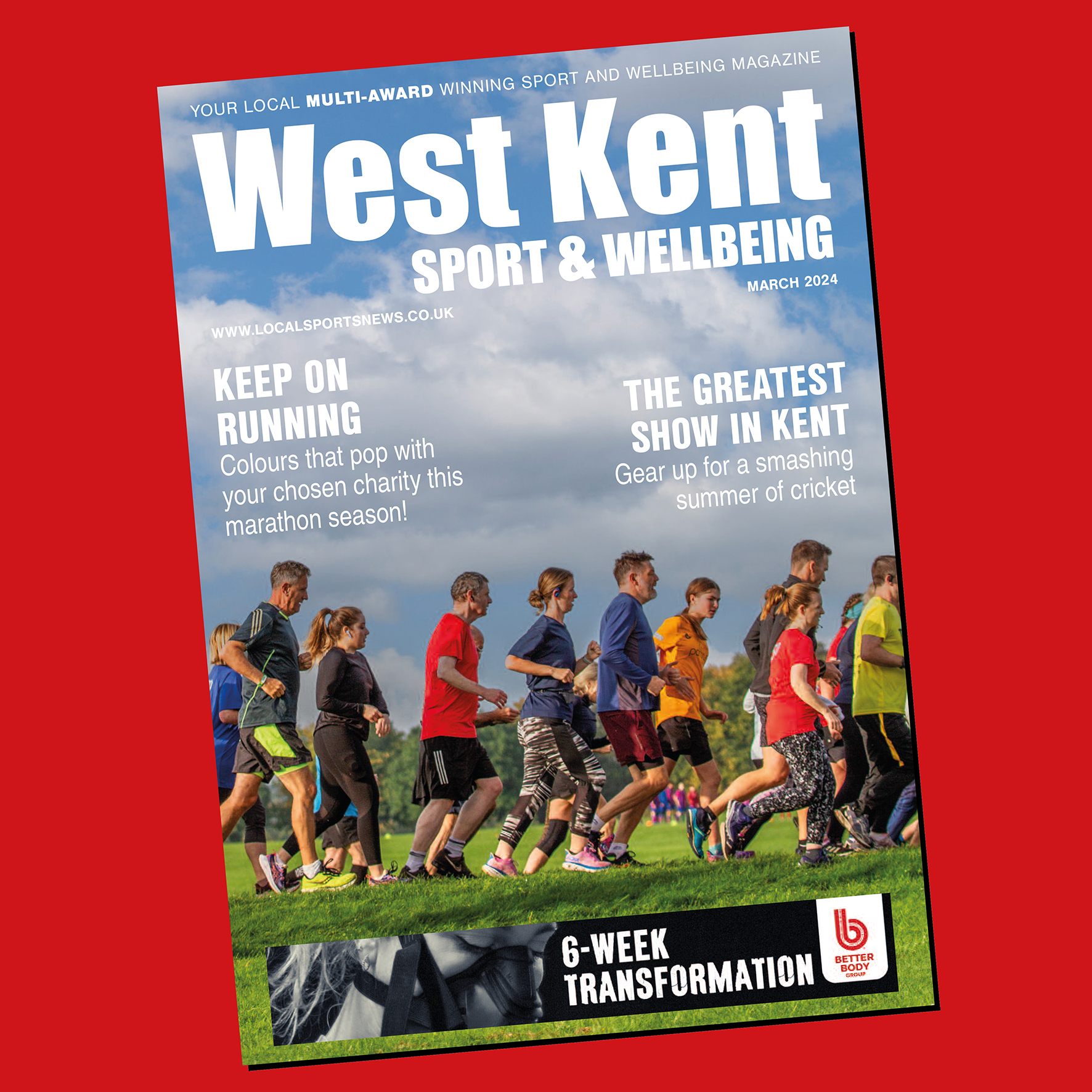Lifting weights among both men women is becoming more and more popular and it is no secret that we like to work on certain areas more than others.
Since it is… relevant to my interests, I’m going to take the time to help the girls (mostly) and supply you with some KEY training information for growing and toning up those glutes!
Quick note: For those of you thinking “I don’t want to build muscle I want to tone…” It’s the same thing, but to expose the ‘toned’ muscle you need to lose bodyfat. I thought I’d get that out of the way.
Studies have shown muscle growth has two main mechanisms that we can practically utilise, mechanical tension and metabolic stress. You can increase mechanical tension by adding weight/reps/sets to the staple exercises each week. To increase metabolic stress do exercises that accumulate lactate and other metabolites. Put simply, just feel the pump or the burn.
Step 1: Start including the staple exercises – focus is on mechanical tension.
These are the biggest ‘bang for your buck’ exercises of glute training. You should be doing these exercises first and building your workout around them if your primary goal is to work on the glutes.
Strolling into the gym and going straight for the cable kickbacks or donkey kicks is like getting drunk before putting your make-up on; it’s just inefficient and a bad sign of things to come. Add weight, repetitions, or sets to these exercises week on week to stimulate growth!
Exercise #1: The Barbell Hip Thrust – ‘The activator’
This comes in at the top of the list (surprisingly, above squats). Why? A recent study by Contreras et al. (2015) compared muscle activation across all the glute muscles during the Barbell hip thrust and the Barbell squat in resistance trained females.
They found greater activation across all the glute muscles measured during the hip thrust. Now while increased activation doesn’t necessarily mean more muscle growth, it’s a damn good indicator you’re hitting all the right muscles directly.
Quick tip for extra activation – try wrapping a hip circle (small band) around the top of your knees and push your knees out against the band during this exercise.
Exercise #2: The Barbell Squat – ‘The stretcher’
They don’t call it a squat booty for no reason. Now while I believe the squat for glute growth is overrated, it still comes in at number two on my list.
The squat provides a larger range of motion than the hip thrust, and a greater eccentric loading or ‘stretch’ on the glutes throughout the movement with the highest glute tension at the bottom (unintentional pun).
Muscle growth has a greater association to ‘eccentric’ contractions (the downward motion of the movement) than concentric contractions (the upward motion of the movement). Throw the two exercises together and you’ve nicely balanced out the pros and cons to both exercises.
Quick tips for increasing glute activation in the squat:
• Point your toes out
• Sit your hips back
• Take a wider stance
Honourable mentions/great alternative exercises:
Walking Dumbbell/Barbell lunge, Barbell Glute bridge, Sumo Deadlift, Conventional Deadlift, Hex bar deadlift, Stiff legged-deadlift, Romanian deadlift, Good morning, Bulgarian split squat, High step-up.
Step 2: Throw in some ASSistance exercises – focus is on metabolic stress – ‘The Pumpers’
While some of the exercises above can be used to create metabolic stress, using them with metabolic stress as a focus would be VERY exhausting, and would likely just fatigue your lower back more than anything else. For this reason, smaller, less demanding exercises are preferred. The goal here is to make your bum feel like it’s on fire! Training techniques to increase metabolic stress:
Supersets: Two glute exercises back to back with little to no rest.
Drop sets: Decreasing the load immediately after your first set, and proceed to the second with no rest.
Giant sets: Three or more glute exercises back to back with little to no rest.
ARMAP sets: As many reps as possible.
Exercises: Lunges, Cable kickback, Squat bounce, lying hip abduction, frog pumps, banded sumo walk, monster walks, lying side clams, unweighted or plated hip thrusts/glute bridges/feet elevated glute bridges, abduction machine, donkey kicks, cable pull-throughs.
Step 3: Take a broader view of your training – program considerations
1) Volume: Aiming for at least 10 sets per week should be enough to see some progress. If you’ve been training for a long time, you might be able to push up to 20 sets per week and still recover. If in doubt, start at the lower end and work your way up.
2) Frequency: Typically muscles take up to 48 hours to recover, so training your glutes with moderate-high volume (4-8 sets per session) 2-3 times per week would be optimal so you can hit them again when they have recovered.
3) Repetition range: Based off the literature and my own experience, I would recommend 6-12 reps on the ‘staple’ exercises, and 10-15 reps for the assistance isolation exercises.
For more information about The Better Body Group, you can contact them via their website at www.betterbodygroup.co.uk or call them on 01732 451979.






